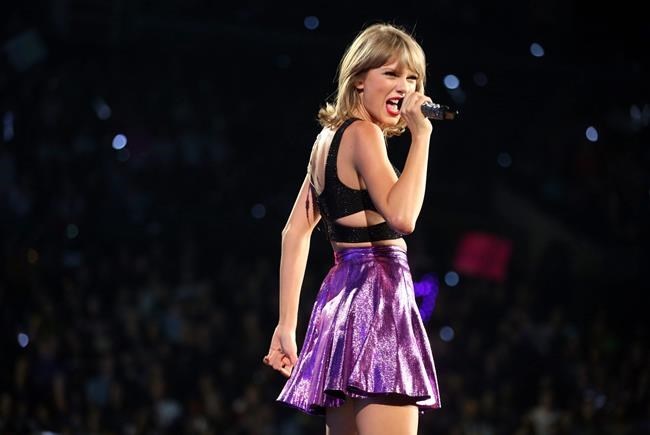Spectacle has always been part of music performed live.
Classical music has charismatic conductors and guest performers, jazz has its virtuosoes and Broadway musicals have their showstoppers but the real song and dance productions these days are in the major popular acts, especially in hip-hop, country, pop and rock.
As the technology has improved, there’s been an arms race of what can be done live. When the Beatles played stadiums on their 1964 Northern American tour, the sound was so bad that the band could barely hear themselves play, never mind the fans, and the light show was just as primitive.
But just as the Soviet Union and the United States began piling up enough nuclear missiles during the 1970s, things changed quickly on stage. The Who set world records for the loudest shows and KISS, already decked out in costumes and makeup, added flamethrowers and fireworks to their concerts.
Bigger, louder, more has continued ever since but with some interesting artistic flourishes. In 1984, the Talking Heads released Stop Making Sense and it remains one of the greatest concert films ever made. The band didn’t just take to the stage and turn it up to 11, they performed their greatest hits, using what was then state-of-the-art digital audio along with choreography, moving set pieces, humour, monologues and fashion. Remember that crazy huge suit David Byrne wore during Girlfriend Is Better? Classic.
Byrne is still doing musical theatre like this, just shy of his 70th birthday. Check out his American Utopia piece on Crave, which blends his album of the same name with some Talking Heads nuggets in a film directed by Spike Lee. As Byrne explains at one point in the show, his goal was to strip the stage of everything but what’s important – the people, in other words. As a result, thanks to modern technology, the performers and their instruments are entirely wireless and the stage is bare (and so are the feet of the performers, Byrne’s included).
Peter Gabriel went even further in his live shows in the 1980s and 1990s, adding magical elements to his choreographed concerts, from a beam of light shooting out of his hands during San Jacinto to open the show during the So Tour in 1986, to Gabriel packing up the members of his backing band into a suitcase at the end of the night during 1994’s Secret World tour.
The live performance of song and dance with the latest in special effects, lasers, massive screens and other technical tricks now covers everything from Cirque du Soleil shows to Taylor Swift. The Weeknd seems intent on outdoing everybody with his North American stadium tour this summer but the bar is already pretty high. Check out Swift’s Reputation Stadium Tour on Netflix, U2’s Innocence + Experience Live In Paris on Crave or Roger Waters’ Us And Them for some recent examples of out of the world live music experiences.
The sound and light technology has now evolved to the point where fans in the nosebleed seats of an 80,000-seat stadium can have as amazing an experience as someone in the front row and even take part in the show with handheld lights and wrist bracelets.
That doesn’t just belong to big-name acts playing huge venues. Anyone who saw Brit Floyd, the most famous of the touring Pink Floyd cover bands, when they played Prince George in late 2017, saw a technical production as elaborate as the real band took out with them when they last toured in 1994. The difference is that the technology 25 years later is much improved and much cheaper.
I’ve included three videos on of relatively obscure artists that I happen to be very fond of who are adding incredible theatrical and technical flourishes in small theatres, concert halls and even outdoors.
Whether it’s music videos or live shows, many of today’s musicians don’t want to just make and perform great songs, they want to create amazing and memorable experiences for their fans, whether they’re at home or cheering for them live.

